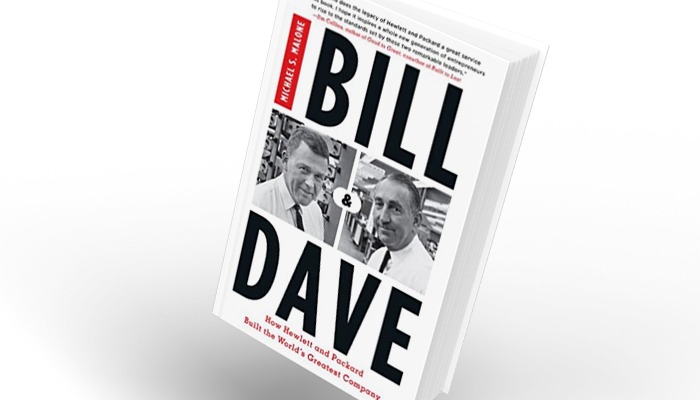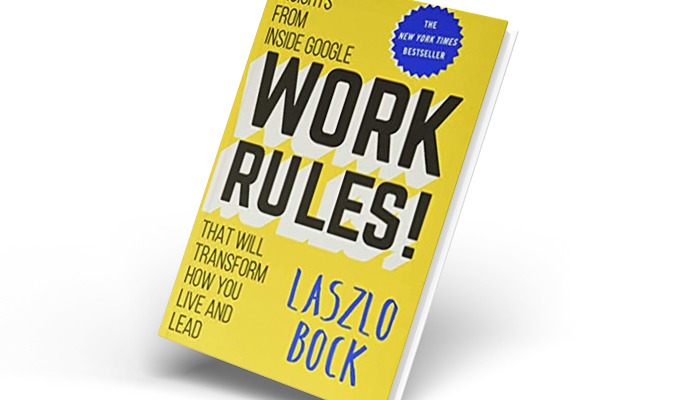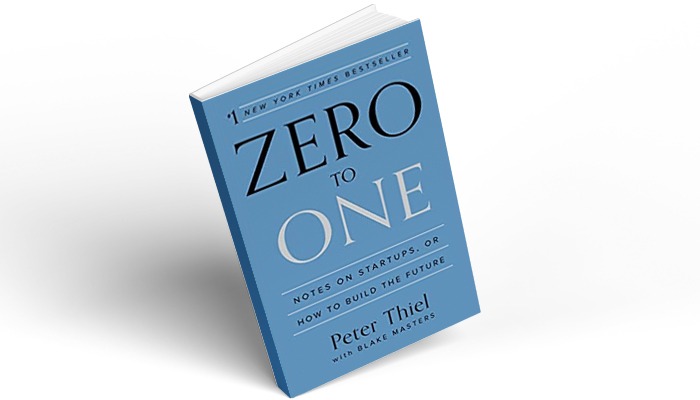If the investments in shares, bonds or bank deposits seem boring to you, then you should have a look at the so called alternative investment market, which can be very roughly described as being everything that does not fall under the categories above. Maybe, in this case, you will be surprised to see that success is even more problematic here than on the classic markets.
Art
This is very glamorous topic, which we have encountered also in movies and in the news. However, we need to know two things about a real art investor. Firstly, they need to suppress their own aesthetic taste in favor of the profitability criteria and, secondly, they need to have a vast experience and matching knowledge. On stock exchanges, for instance, insider trading (trading based on confidential information) is severely punished. The art market, the same as other alternative markets, would not exist without this type of strategy. It is obvious that in order to be successful, you have to deal more or less on insider information.
On the other hand, not only in case of art, but also in case of all forms of alternative investments, you must be ready to wait in order to make a profit. Artsy, the well-known platform of art dealings, says that it is easier to buy art than sell it. The auction houses and art galleries worldwide tend to favor famous artists, but in their case the profit margin is much lower.
Gold
They say about gold – and this goes also for the other precious metals – that it is infallible, as its value increases constantly. This is true, but only on the long run, dozens of years. More precisely, gold is a crisis asset, which preserves its value during hard times (booming inflation, armed conflicts). During the periods of economic growth, its value may decrease, or at least, the value of company stocks increases at a faster pace.
You should also know about gold that it is difficult to purchase, keep and trade in physical form. In Romania, there are banks, such as BCR, which redeem it if you keep it deposited in the bank’s safes. However, the redeeming price is visibly lower than the purchase price.
If physical gold is a difficult investment, there are various forms of gold related investments, such as or CFD (contracts for difference). These refer to the speculative profit by sale or redeeming at a date subsequent to the contract date, fixed in case of futures. The investment in the shares of a company specialized in mining for precious metals is also strongly influenced by the price of gold.
Wine
You may have heard that the wines of Bordeaux and Burgundy have increasingly become a trendy investment, especially since 1999, when a specialized exchange was set up in London, London International Vintners Exchange. This is, however, a market on which you can venture only helped by a specialized manager. The entry threshold amounts to several thousands of dollars or euros, as the price of a collector’s – or investor’s – bottle of wine starts from $ 5-600. Which means that drinking non profitable bottles is only to a small extent a practicable alternative, no matter what the novices might think.
Storage conditions are also important. In case of a significant investment, of thousands or hundreds of thousand euros, wine is stored in specialized facilities, for an annual fees. Besides the fee, you should also consider insurance. In 2012, WineCare, a specialized store in in the USA, was destroyed by the hurricane Sandy. Having no insurance meant a disaster to all who had kept their assets there.
This story was also published in Romanian on News.ro, on 15 January 2019. You are likely reading these lines on an HP laptop or having a Hewlett-Packard printer nearby. But you are less likely to know that Bill Hewlett and Dave Packard started "the biggest company in the world" in a garage after graduating from Stanford.
Their story and the company's story are told in an extremely attractive way by Michael S. Malone. But beyond the narrative, I learned from the book about the Objective and Key Results (OKR) method, an essential part of the so-called HP Way, the way HP does things. The focus on key objectives and results is derived from so-called goal management, referring to the clarification and approval within the company of some objectives and results, which leads to the simplification and efficiency of the processes. A clear set of OKR details and operationalizes the company's mission, eliminating the costly and sometimes damaging micromanagement and empowers employees, who are no longer conditioned by the daily performance of meaningless tasks, but must focus on final goals, which they understand. Although it refers to a process of accountability, employees will feel - rightly so - that they have as much power as they have been given responsibility and appreciate the flexible work environment.
Work Rules! (Insights from Inside Google That Will Transform How You Live and Lead).
You are likely reading these lines on an HP laptop or having a Hewlett-Packard printer nearby. But you are less likely to know that Bill Hewlett and Dave Packard started "the biggest company in the world" in a garage after graduating from Stanford.
Their story and the company's story are told in an extremely attractive way by Michael S. Malone. But beyond the narrative, I learned from the book about the Objective and Key Results (OKR) method, an essential part of the so-called HP Way, the way HP does things. The focus on key objectives and results is derived from so-called goal management, referring to the clarification and approval within the company of some objectives and results, which leads to the simplification and efficiency of the processes. A clear set of OKR details and operationalizes the company's mission, eliminating the costly and sometimes damaging micromanagement and empowers employees, who are no longer conditioned by the daily performance of meaningless tasks, but must focus on final goals, which they understand. Although it refers to a process of accountability, employees will feel - rightly so - that they have as much power as they have been given responsibility and appreciate the flexible work environment.
Work Rules! (Insights from Inside Google That Will Transform How You Live and Lead).
 Since its inception in 1998, Google has been growing rapidly, which has led to massive pressure from an HR perspective. And yet, the giant that changed its name to Alphabet some time ago, at the level of a parent company, has continuously ranked in the top of the most desirable companies for employees. Laszlo Bock, the head of the company's HR department, states in this book that I recommend a whole series of unconventional rules, such as:
- take the power of managers and give it to employees.
- learn from the best, but also the worst employees.
- pay unfairly; it is fairer.
- only hire people smarter than you, no matter how long it takes you to find them.
Zero to One: Notes on Startups, or How to Build the Future.
Since its inception in 1998, Google has been growing rapidly, which has led to massive pressure from an HR perspective. And yet, the giant that changed its name to Alphabet some time ago, at the level of a parent company, has continuously ranked in the top of the most desirable companies for employees. Laszlo Bock, the head of the company's HR department, states in this book that I recommend a whole series of unconventional rules, such as:
- take the power of managers and give it to employees.
- learn from the best, but also the worst employees.
- pay unfairly; it is fairer.
- only hire people smarter than you, no matter how long it takes you to find them.
Zero to One: Notes on Startups, or How to Build the Future.
 We have all heard of the author of this book: Peter Thiel, co-founder of PayPal and an investor involved in a thousand Silicon Valley projects. From Thiel's point of view, startups can go "from zero to one" only by accomplishing something completely new. Doing what everyone else can do can only lead you "from one to n". For example, the next Bill Gates will create something other than operating systems, and the next Larry Brin and Sergey Page will invent something other than search engines. Thiel says that progress is possible in many more areas, and not just in those in which digital innovation has manifested itself so far.
Netflix organizational culture
This is not an actual book, but I want to conclude with it because it is available online and free of charge. This document defines the company's values and lays the foundations of Netflix's corporate culture. Observations such as the one saying that values asserted by companies are not always real are fascinating, and the "people before the trial" approach is what has unexpectedly transformed a DVD rental company into the giant that has created one of the wealthiest markets in the world in the last decade, that of over-the-top services (video platforms). Netflix values theoretically belong just to Netflix, but they are an excellent source of inspiration for any entrepreneur who wants to achieve success without making any compromise.
You can follow me on Twitter and LinkedIn!
We have all heard of the author of this book: Peter Thiel, co-founder of PayPal and an investor involved in a thousand Silicon Valley projects. From Thiel's point of view, startups can go "from zero to one" only by accomplishing something completely new. Doing what everyone else can do can only lead you "from one to n". For example, the next Bill Gates will create something other than operating systems, and the next Larry Brin and Sergey Page will invent something other than search engines. Thiel says that progress is possible in many more areas, and not just in those in which digital innovation has manifested itself so far.
Netflix organizational culture
This is not an actual book, but I want to conclude with it because it is available online and free of charge. This document defines the company's values and lays the foundations of Netflix's corporate culture. Observations such as the one saying that values asserted by companies are not always real are fascinating, and the "people before the trial" approach is what has unexpectedly transformed a DVD rental company into the giant that has created one of the wealthiest markets in the world in the last decade, that of over-the-top services (video platforms). Netflix values theoretically belong just to Netflix, but they are an excellent source of inspiration for any entrepreneur who wants to achieve success without making any compromise.
You can follow me on Twitter and LinkedIn!
